Biology for Cambridge IGCSE WORKBOOK Mary Jones & Geoff Jones


Contents
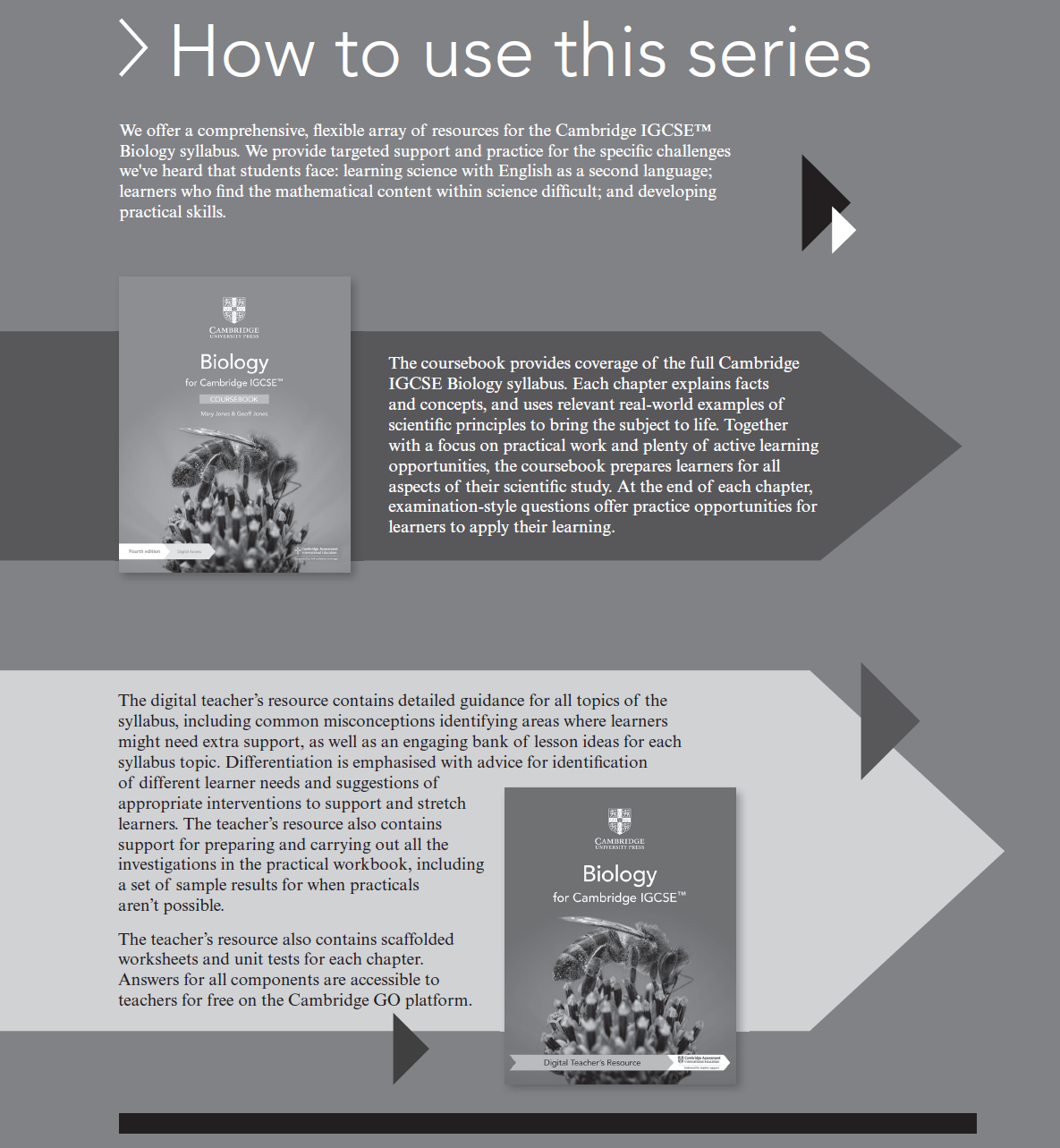


How to use this book Throughout this book, you will notice lots of different features that will help your learning.
These are explained below. Answers are accessible to teachers for free on the supporting resources area of the Cambridge GO website. KEY WORDS Definitions for useful vocabulary are given at the start of each section. You will also find definitions for these words in the Glossary at the back of this book.
 Supplement content:
Supplement content: In the key word boxes, Supplement content is indicated with a large arrow, as in this example.

In the learning intentions box, Supplement content is indicated with a large arrow and a darker background, as in this example.

In the learning intentions box, Supplement content is indicated with a large arrow and a darker background, as in this example.
TIPS The information in these boxes will help you complete the exercises, and give you support in areas that you might find difficult. Exercises These help you to practise skills that are important for studying IGCSE Biology. Questions within exercises fall into one of three types: Focus questions will help build your basic skills. Practice questions provide more opportunities for practice, pushing your skills further. Challenge questions will stretch and challenge you even further. SELF/PEER ASSESSMENT At the end of some exercises, you will find opportunities to help you assess your own work, or that of your classmates, and consider how you can improve the way you learn.
Supplement content Where content is intended for students who are studying the Supplement content of the syllabus as well as the Core, this is indicated with the thicker line, as you can see on the left here.  Introduction This Cambridge IGCSE Biology workbook has been written to help you develop the skills you need for your course for Cambridge IGCSE Biology (0610/0970). To succeed in this course, you need to have an excellent factual knowledge of all the topics in the syllabus and you also need to be able to think like a scientist. As you work through the book, chapter by chapter, you will develop the relevant scientific skills needed and gain the confidence to use them yourself. The exercises in this workbook provide opportunities for you to practise the following skills: finding information in text, diagrams or graphs, and then using it to answer questions changing information in one form into another form for example, using words to describe a graph, or a diagram to summarise some text using technical vocabulary correctly doing calculations, showing your working clearly using information to identify patterns and/or trends, and making inferences suggesting explanations for unfamiliar data or other information provided, using your understanding of the biology you have learnt in your course making suitable predictions or hypotheses solving problems relating to biology topics planning and evaluating experiments. The exercises in each chapter will help you develop these skills by applying them to new contexts.
Introduction This Cambridge IGCSE Biology workbook has been written to help you develop the skills you need for your course for Cambridge IGCSE Biology (0610/0970). To succeed in this course, you need to have an excellent factual knowledge of all the topics in the syllabus and you also need to be able to think like a scientist. As you work through the book, chapter by chapter, you will develop the relevant scientific skills needed and gain the confidence to use them yourself. The exercises in this workbook provide opportunities for you to practise the following skills: finding information in text, diagrams or graphs, and then using it to answer questions changing information in one form into another form for example, using words to describe a graph, or a diagram to summarise some text using technical vocabulary correctly doing calculations, showing your working clearly using information to identify patterns and/or trends, and making inferences suggesting explanations for unfamiliar data or other information provided, using your understanding of the biology you have learnt in your course making suitable predictions or hypotheses solving problems relating to biology topics planning and evaluating experiments. The exercises in each chapter will help you develop these skills by applying them to new contexts.
The chapters are arranged in the same order as the chapters in the Cambridge IGCSE Biology coursebook. Each exercise has an introduction that outlines the skills you will be developing. We hope that this book will help you succeed in your Cambridge IGCSE Biology course, give you the necessary scientific skills to help you with your future studies, and inspire you to have a love of biological science. This workbook is designed to support the Cambridge IGCSE Biology coursebook, with specially selected topics where students would benefit from further opportunities to apply skills, such as application, analysis and evaluation, in addition to developing knowledge and understanding.  Chapter 1 Characteristics and classification of living organisms
Chapter 1 Characteristics and classification of living organisms  Characteristics of living organisms KEY WORDS excretion: the removal of the waste products of metabolism and substances in excess of requirements growth: a permanent increase in size and dry mass metabolic reactions: chemical reactions that take place in living organisms movement: an action by an organism or part of an organism causing a change of position or place nutrition: taking in materials for energy, growth and development organism: a living thing reproduction: the processes that make more of the same kind of organism respiration: the chemical reactions in cells that break down nutrient molecules and release energy for metabolism sensitivity: the ability to detect and respond to changes in the internal or external environment Exercise 1.1 IN THIS EXERCISE YOU WILL: practise naming and describing the characteristics of living things.
Characteristics of living organisms KEY WORDS excretion: the removal of the waste products of metabolism and substances in excess of requirements growth: a permanent increase in size and dry mass metabolic reactions: chemical reactions that take place in living organisms movement: an action by an organism or part of an organism causing a change of position or place nutrition: taking in materials for energy, growth and development organism: a living thing reproduction: the processes that make more of the same kind of organism respiration: the chemical reactions in cells that break down nutrient molecules and release energy for metabolism sensitivity: the ability to detect and respond to changes in the internal or external environment Exercise 1.1 IN THIS EXERCISE YOU WILL: practise naming and describing the characteristics of living things.  Practice Figure 1.1 shows a plant, growing towards the light.
Practice Figure 1.1 shows a plant, growing towards the light.  Practice Figure 1.1 shows a plant, growing towards the light.
Practice Figure 1.1 shows a plant, growing towards the light.
Inside its leaves, photosynthesis is taking place. Photosynthesis uses carbon dioxide to make glucose, and releases oxygen. Add labels to Figure 1.1. Your labels should include short descriptions stating how the plant is showing these characteristics of living things: reproduction growth sensitivity excretion  Figure 1.1: A plant growing towards the light. Challenge Imagine that someone from another planet is visiting Earth. They see aeroplanes and birds moving through the sky.
Figure 1.1: A plant growing towards the light. Challenge Imagine that someone from another planet is visiting Earth. They see aeroplanes and birds moving through the sky.
Explain to the visitor why birds are alive and aeroplanes are not alive, even though they seem to share some of the characteristics of living things.  The biological classification system KEY WORDS binomial system: a system of naming species that is internationally agreed, in which the scientific name is made up of two parts showing the genus and the species fertile: able to reproduce genus: a group of species that share similar features and a common ancestor species: a group of organisms that can reproduce to produce fertile offspring Exercise 1.2 IN THIS EXERCISE YOU WILL: check that you know what a binomial is practise finding evidence in a short, written passage think about advantages of using the binomial system. Focus Complete the sentences, using words from the list.
The biological classification system KEY WORDS binomial system: a system of naming species that is internationally agreed, in which the scientific name is made up of two parts showing the genus and the species fertile: able to reproduce genus: a group of species that share similar features and a common ancestor species: a group of organisms that can reproduce to produce fertile offspring Exercise 1.2 IN THIS EXERCISE YOU WILL: check that you know what a binomial is practise finding evidence in a short, written passage think about advantages of using the binomial system. Focus Complete the sentences, using words from the list.


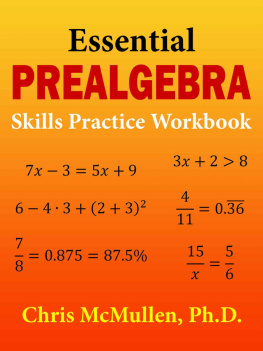
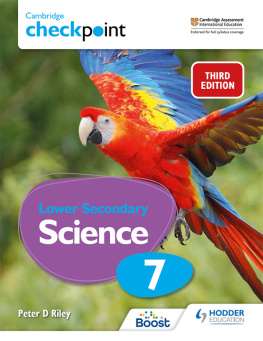
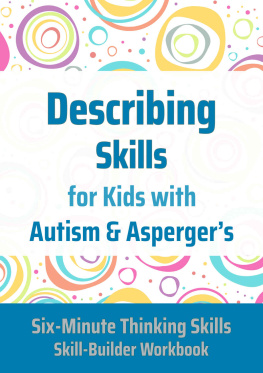
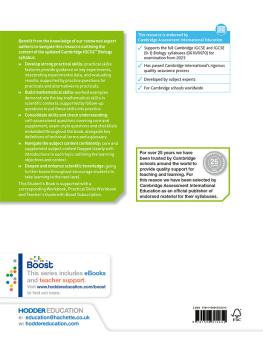

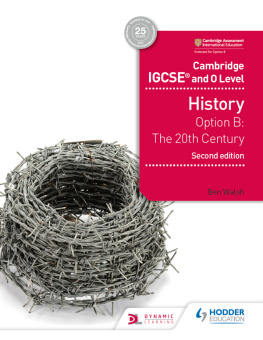
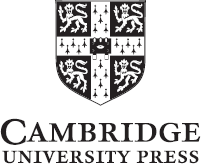

 Contents
Contents 

 Supplement content: In the key word boxes, Supplement content is indicated with a large arrow, as in this example.
Supplement content: In the key word boxes, Supplement content is indicated with a large arrow, as in this example.  In the learning intentions box, Supplement content is indicated with a large arrow and a darker background, as in this example.
In the learning intentions box, Supplement content is indicated with a large arrow and a darker background, as in this example.  Chapter 1 Characteristics and classification of living organisms
Chapter 1 Characteristics and classification of living organisms  Characteristics of living organisms KEY WORDS excretion: the removal of the waste products of metabolism and substances in excess of requirements growth: a permanent increase in size and dry mass metabolic reactions: chemical reactions that take place in living organisms movement: an action by an organism or part of an organism causing a change of position or place nutrition: taking in materials for energy, growth and development organism: a living thing reproduction: the processes that make more of the same kind of organism respiration: the chemical reactions in cells that break down nutrient molecules and release energy for metabolism sensitivity: the ability to detect and respond to changes in the internal or external environment Exercise 1.1 IN THIS EXERCISE YOU WILL: practise naming and describing the characteristics of living things.
Characteristics of living organisms KEY WORDS excretion: the removal of the waste products of metabolism and substances in excess of requirements growth: a permanent increase in size and dry mass metabolic reactions: chemical reactions that take place in living organisms movement: an action by an organism or part of an organism causing a change of position or place nutrition: taking in materials for energy, growth and development organism: a living thing reproduction: the processes that make more of the same kind of organism respiration: the chemical reactions in cells that break down nutrient molecules and release energy for metabolism sensitivity: the ability to detect and respond to changes in the internal or external environment Exercise 1.1 IN THIS EXERCISE YOU WILL: practise naming and describing the characteristics of living things.  Practice Figure 1.1 shows a plant, growing towards the light.
Practice Figure 1.1 shows a plant, growing towards the light.  Figure 1.1: A plant growing towards the light. Challenge Imagine that someone from another planet is visiting Earth. They see aeroplanes and birds moving through the sky.
Figure 1.1: A plant growing towards the light. Challenge Imagine that someone from another planet is visiting Earth. They see aeroplanes and birds moving through the sky. The biological classification system KEY WORDS binomial system: a system of naming species that is internationally agreed, in which the scientific name is made up of two parts showing the genus and the species fertile: able to reproduce genus: a group of species that share similar features and a common ancestor species: a group of organisms that can reproduce to produce fertile offspring Exercise 1.2 IN THIS EXERCISE YOU WILL: check that you know what a binomial is practise finding evidence in a short, written passage think about advantages of using the binomial system. Focus Complete the sentences, using words from the list.
The biological classification system KEY WORDS binomial system: a system of naming species that is internationally agreed, in which the scientific name is made up of two parts showing the genus and the species fertile: able to reproduce genus: a group of species that share similar features and a common ancestor species: a group of organisms that can reproduce to produce fertile offspring Exercise 1.2 IN THIS EXERCISE YOU WILL: check that you know what a binomial is practise finding evidence in a short, written passage think about advantages of using the binomial system. Focus Complete the sentences, using words from the list.